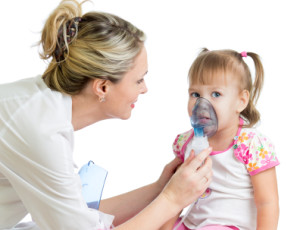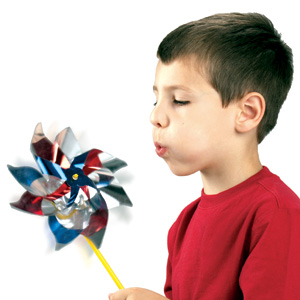 Medical professionals have spent many years trying to study the causes and effects of asthma on a variety of individuals. Over the many years of scientific research the medical profession has come up with two main categories of asthma. One is extrinsic which refers more to an allergic reaction to something within the environment or food source. The other category is intrinsic which does affect about ten percent of the mass population. This intrinsic type of asthma usually develops at or near the age of thirty and the medical community is still perplexed as to why this occurs.
Medical professionals have spent many years trying to study the causes and effects of asthma on a variety of individuals. Over the many years of scientific research the medical profession has come up with two main categories of asthma. One is extrinsic which refers more to an allergic reaction to something within the environment or food source. The other category is intrinsic which does affect about ten percent of the mass population. This intrinsic type of asthma usually develops at or near the age of thirty and the medical community is still perplexed as to why this occurs.
The most obvious trigger seems to come after a major respiratory infection and the bronchi within the lungs never really heals and returned to the normal state as before the respiratory infection set In children under the age of two presents another difficulty for the medical pediatrician because it is very difficult to diagnose with any sense of accuracy. The cause of asthma setting into children of this age is often from an infection to one of many infant diseases. The asthma guidelines suggest that even when this childhood asthma clears up there is a high probability that in older years it will re-emerge out of no where.
 Childhood asthma may also be a catalyst from and to other diseases that under normal circumstances will remain unnoticed. In most cases though it is allergy that causes most of the symptoms asthma displays which can come from everyday items such as:
Childhood asthma may also be a catalyst from and to other diseases that under normal circumstances will remain unnoticed. In most cases though it is allergy that causes most of the symptoms asthma displays which can come from everyday items such as:
- Seasonal pollens.
- Dust mites and mold.
- Pets and insects.
- Foods such as fish, eggs, peanuts, cow’s milk, and soy.
- Additives, such as sulfites.
- Work related agents such as latex.
Children on average is receiving a diagnosis to some degree of the symptoms of asthma on a scale of about one in seven. Though this is an alarming fact it is something that is workable if the parents and the community come together. Individuals with a diagnosis of asthma know that at any time they run the risk of an asthma attack. There are three different stages of the asthma attack as there are asthma guidelines to help alleviate this from happing most of the time. The three stages of the asthma attack are:
- Moderate and mild asthma attacks.
- Asthma attacks that become severe.
- Second Wave of asthma attacks.
Children receiving a diagnosis of asthma will outgrow the sudden symptoms of asthma, as they grow older. The asthma child will experience the symptoms of asthma much as an adult because no matter what age breathing becomes very difficult. The outside influences that bring on the onslaught are triggers. These triggers can be anything from inside the home, inside the classroom, or an unknown environmental issue. Researching the allergy and asthma cause and effect is sometimes difficult to narrow down, but it is necessary for the well-being of the child or children.

Parents and children must research the cause, as sometimes allergens will have the same reaction. The airways become very narrow and breathing becomes difficult when severe allergies take hold. The common allergens affecting children and adults alike are various pollens, house dust mites, mold, and dander from cats and dogs. When there are pets within the household, the parents must find out if their child or children are experiencing an allergic reaction to the family pets.
Allergens also pose a threat when parents find their child or children are allergic to the material furniture, like sofa’s, cushioned chairs, ottomans, draperies, and rugs. Most of these particular items will cause an allergy and asthma attack because of the formaldehyde, especially within carpeting. Some parents will find they must remove all carpeting from the home and have hardwood floors installed. This does become a very big expense, but the health of the child or children far outweigh the cost of making a few minor adjustments to the home.
Related Articles
